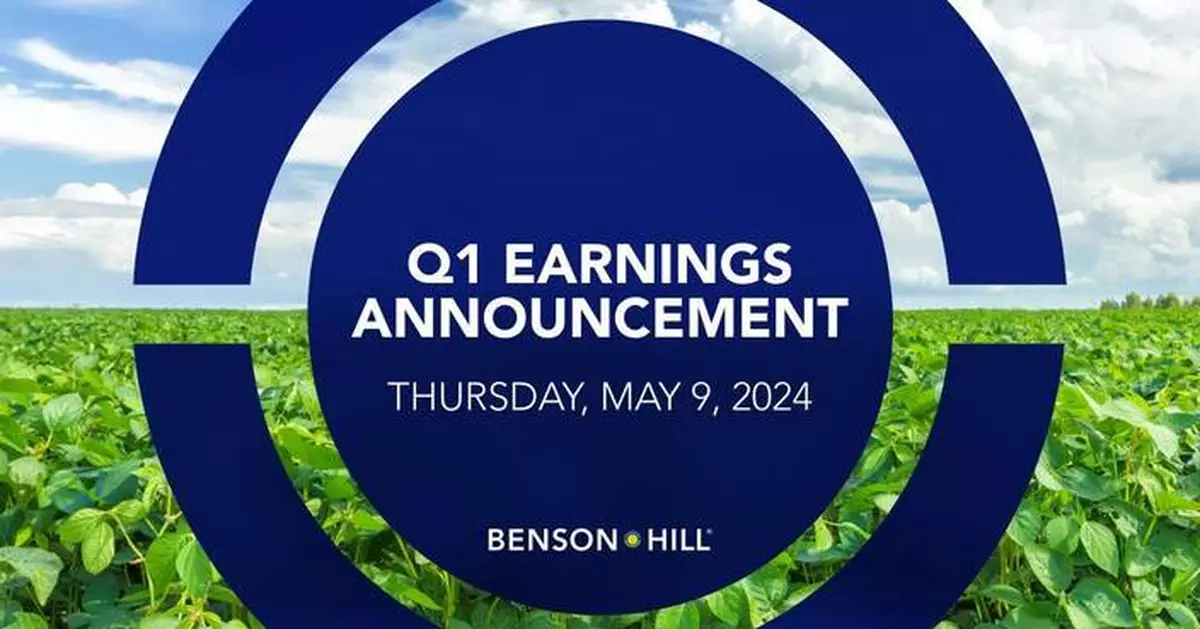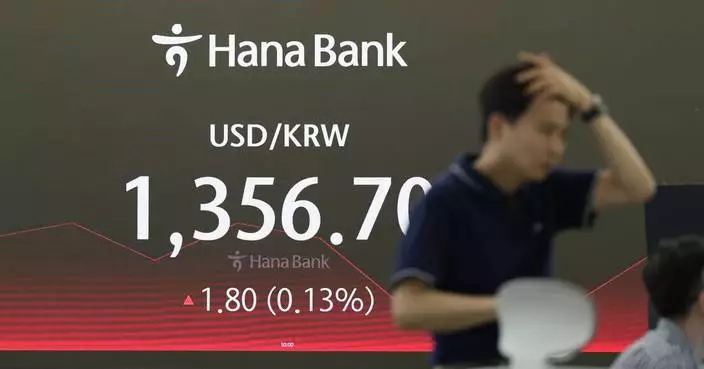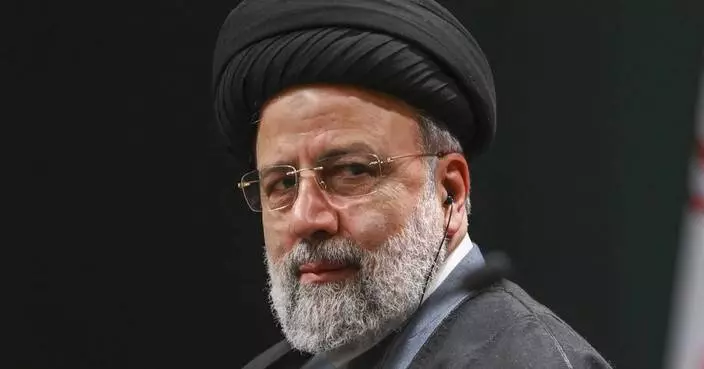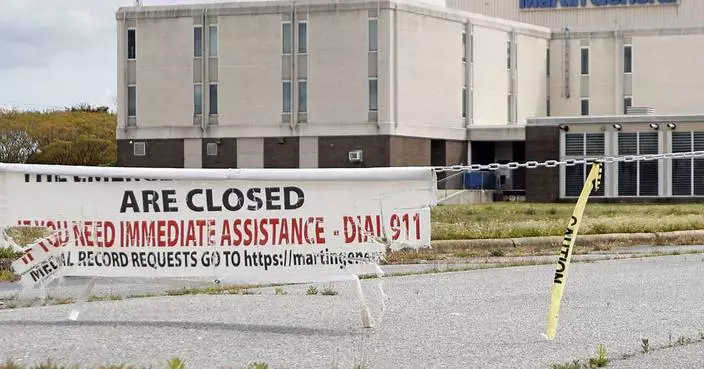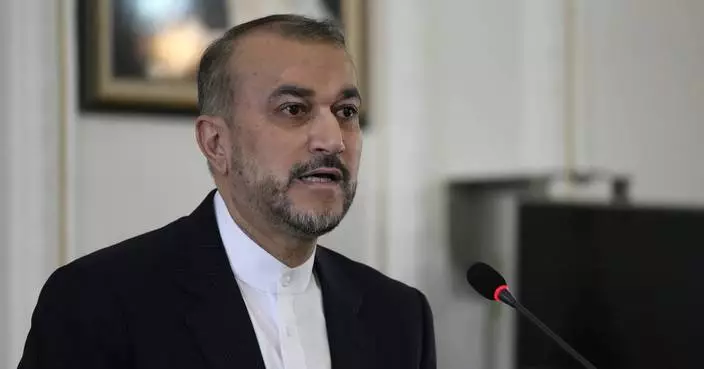ST. LOUIS--(BUSINESS WIRE)--May 9, 2024--
Benson Hill, Inc. (NYSE: BHIL, the “Company” or “Benson Hill”), an ag tech company unlocking the natural genetic diversity of plants, today announced operating and financial results for the quarter ended March 31, 2024.
This press release features multimedia. View the full release here: https://www.businesswire.com/news/home/20240509575037/en/
“2024 represents a year of transition as we evolve our business to a licensing model. In the first quarter Benson Hill took decisive actions to strengthen our balance sheet and enhance our financial flexibility,” said Deanie Elsner, Chief Executive Officer of Benson Hill. “We also demonstrated our commitment to drive operational efficiencies and reduce operating costs, while we explore ways to optimize our capital structure following the retirement of high-cost corporate debt.”
“Benson Hill has a significant competitive advantage, a defined strategy, and a strong management team which positions us well to enter larger markets such as animal feed and biofuels,” Elsner added. “We have consistently demonstrated our ability to perform, execute, and adapt to market dynamics. We have tremendous confidence in our technology and in our team, and we look forward to delivering solid performance throughout 2024.”
Key Milestones
During the first quarter of 2024, Benson Hill achieved multiple milestones on its strategic path, positioning the Company for long-term growth and value creation:
First Quarter Results Compared to the Same Period of 2023
The following financial results exclude former Fresh Segment and Seymour, Indiana, and Creston, Iowa, processing facilities reported in discontinued operations. The reconciliation of non-GAAP financial measures can be found in the accompanying financial tables.
Outlook
“As we transition our business to a licensing model, our revenues and costs will be lower, and our margins will increase over time, which will drive improvement in the quality of our earnings,” said Susan Keefe, Chief Financial Officer of Benson Hill. “Our achievements in meeting milestones with partners and advancing R&D efforts serve as a strong foundation for the next stage of Benson Hill’s growth, supporting our pursuit of additional sources of capital.”
Additional Details
Additional information about Benson Hill’s results can be found in the Company’s shareholder letter and in the Current Report on Form 8-K filed today with the SEC. Documents are also posted at investors.bensonhill.com.
About Benson Hill
Benson Hill moves food forward with the CropOS ® platform, a cutting-edge food innovation engine that combines data science and machine learning with biology and genetics. Benson Hill empowers innovators to unlock nature’s genetic diversity from plant to plate, with the purpose of creating nutritious, great-tasting food and ingredient options that are both widely accessible and sustainable. More information can be found at bensonhill.com or on X, formerly known as Twitter at @bensonhillinc.
Use of Non-GAAP Financial Measures
In this press release, the Company includes references to non-GAAP performance measures. The Company’s management uses these non-GAAP financial measures to facilitate financial and operational decision-making, including evaluation of the Company’s historical operating results. The Company’s management believes these non-GAAP measures are useful in evaluating the Company’s operating performance and are similar measures reported by publicly listed U.S. competitors, and regularly used by securities analysts, institutional investors, and other interested parties in analyzing operating performance and prospects. These non-GAAP financial measures reflect an additional way of viewing aspects of the Company’s operations that, when viewed with GAAP results and the reconciliations to corresponding GAAP financial measures, may provide a more complete understanding of factors and trends affecting the Company’s business. By referencing these non-GAAP measures, the Company’s management intends to provide investors with a meaningful, consistent comparison of the Company’s performance for the periods presented. These non-GAAP financial measures should be considered supplemental to, and not a substitute for, financial information prepared in accordance with GAAP. The Company’s definition of these non-GAAP measures may differ from similarly titled measures of performance used by other companies in other industries or within the same industry. In addition, the Company has and may in the future modify how it calculates non-GAAP performance measures. Because non-GAAP financial measures exclude the effect of items that will increase or decrease the Company’s reported results of operations, management strongly encourages investors to review the Company’s condensed consolidated financial statements and publicly filed reports in their entirety. Reconciliations of these non-GAAP financial measures to the most directly comparable GAAP financial measures are included in the tables accompanying this press release.
Cautionary Note Regarding Forward-Looking Statements
Certain statements in this letter may be considered “forward-looking statements” within the meaning of Section 27A of the Securities Act of 1933, as amended, and Section 21E of the Securities Exchange Act of 1934, as amended. Forward-looking statements generally relate to future events or the Company’s future financial or operating performance and may be identified by words such as “may,” “should,” “expect,” “intend,” “will,” “estimate,” “anticipate,” “believe,” “predict,” or similar words. These forward-looking statements are based upon assumptions made by the Company as of the date hereof and are subject to risks, uncertainties, and other factors that could cause actual results to differ materially from those expressed or implied by such forward-looking statements. These forward-looking statements include, among other things, statements regarding: the Company’s progress toward an asset-light business model, and the anticipated pace of such transition; statements regarding the Company’s financial and operating performance during its business transition; statements regarding the Company’s cost-cutting measures under its expanded Liquidity Improvement Plan and other cost-saving measures, actions to implement such plan, and the anticipated benefits of and timeline to implement such plans; statements regarding the Company’s current expectations and assumptions regarding the industries and markets in which it operates, including its transition to an asset-light business model to serve broadacre animal feed markets; statements regarding strategic partnership and licensing opportunities; statements regarding the Company’s anticipated liquidity, path to profitability, and runway for growth; expectations regarding the sources of expected revenues, costs, profit and earnings; projections of market opportunity; statements regarding the potential and capabilities of its innovation pipeline and the expected timeline for the commercialization of the Company’s current and anticipated innovations; expectations regarding the Company’s ability to serve a broadacre strategy through partnerships and licensing; statements regarding the Company’s acreage acquisition plans; the anticipated commercial and nutritional benefits of the Company’s UHP-LO soybean meal, including any expectation that the findings associated with the recent trial can be repeated or improved upon in the future, including in broadacre application; the potential adoption of UHP-LO by poultry producers or other animal companies, soybean processors, or farmers; potential strategic partnership and licensing opportunities; current projections and assumptions regarding the Company’s business and the industries and markets in which the Company currently operates or plans to operate, including the broadacre animal feed market; expectations regarding the Company’s ability to serve a broadacre strategy through partnerships and licensing; the Company’s ability to identify and evaluate its strategic alternatives and effect potential strategic opportunities in ways that maximize shareholder value; expectations regarding the Company’s ability to continue as a going concern; statements regarding execution of the Company’s business plan, the strategic review of the Company’s business, and the Company’s executive leadership transition; any financial or other information based upon or otherwise incorporating judgments or estimates relating to future performance, events or expectations; statements regarding the Company’s strategies, positioning, resources, capabilities, and expectations for future performance; estimates and forecasts of financial and other performance metrics; the Company’s outlook, and financial and other guidance; and management’s strategy and plans for growth. Factors that may cause actual results to differ materially from current expectations include, but are not limited to: risks associated with the Company’s ability to generally execute on its business strategy, including its transition to an asset-light business model to serve broadacre animal feed markets in a timely manner with sufficient liquidity; risks relating to acreage acquisition; risks associated with developing and maintaining partnering and licensing relationships in an asset-light business model, and maintaining relationships with customers and suppliers; the risk that the Company will not realize the anticipated benefits of the divestiture of its soy processing facilities; risks associated with the loss of revenues from such facilities; risks associated with growing and managing capital resources; risks associated with changing industry conditions and consumer preferences; risks associated with the Company’s cost-cutting measures under its expanded Liquidity Improvement Plan and other cost saving measures, including potentially adverse impacts on the Company’s business and prospects even if such plans are successful; the risk that the Company’s actions relating to cost-cutting measures under its expanded Liquidity Improvement Plan and other cost saving measures may be insufficient to achieve the objectives of such plans; liquidity and other risks relating to the Company’s ability to continue as a going concern; risks associated with the Company’s ability to grow and achieve growth profitably, including continued access to the capital resources necessary for growth; risks relating to the failure to raise additional financing to satisfy the Company’s cash needs; risks associated with the Company’s execution of its executive leadership transition, including, among others, risks relating to maintaining key employee, customer, partner and supplier relationships; risks relating to the Company’s exploration of strategic alternatives; risks associated with the failure to realize the anticipated commercial or nutritional benefits of the Company’s UHP-LO soybeans; risks that the benefits validated by the recent trial may not be able to be repeated or improved upon in the future, including in broadacre application; risks associated with the accuracy and repeatability of feeding trials generally; risks associated with the effects of global and regional economic, agricultural, financial and commodities market, political, social and health conditions; the effectiveness of the Company’s risk management strategies; and other risks and uncertainties set forth in the sections entitled “Risk Factors” and “Cautionary Note Regarding Forward-Looking Statements” in our filings with the SEC, which are available on the SEC’s website at www.sec.gov. The Company can make no assurances that it will be able to raise additional financing, improve its liquidity position, or continue as a going concern. Nothing in this letter should be regarded as a representation by any person that the forward-looking statements set forth herein will be achieved or that any of the contemplated results of such forward-looking statements will be achieved. There may be additional risks about which the Company is presently unaware or that the Company currently believes are immaterial that could also cause actual results to differ from those contained in the forward-looking statements. The reader should not place undue reliance on forward-looking statements, which speak only as of the date they are made. The Company expressly disclaims any duty to update these forward-looking statements, except as otherwise required by law.
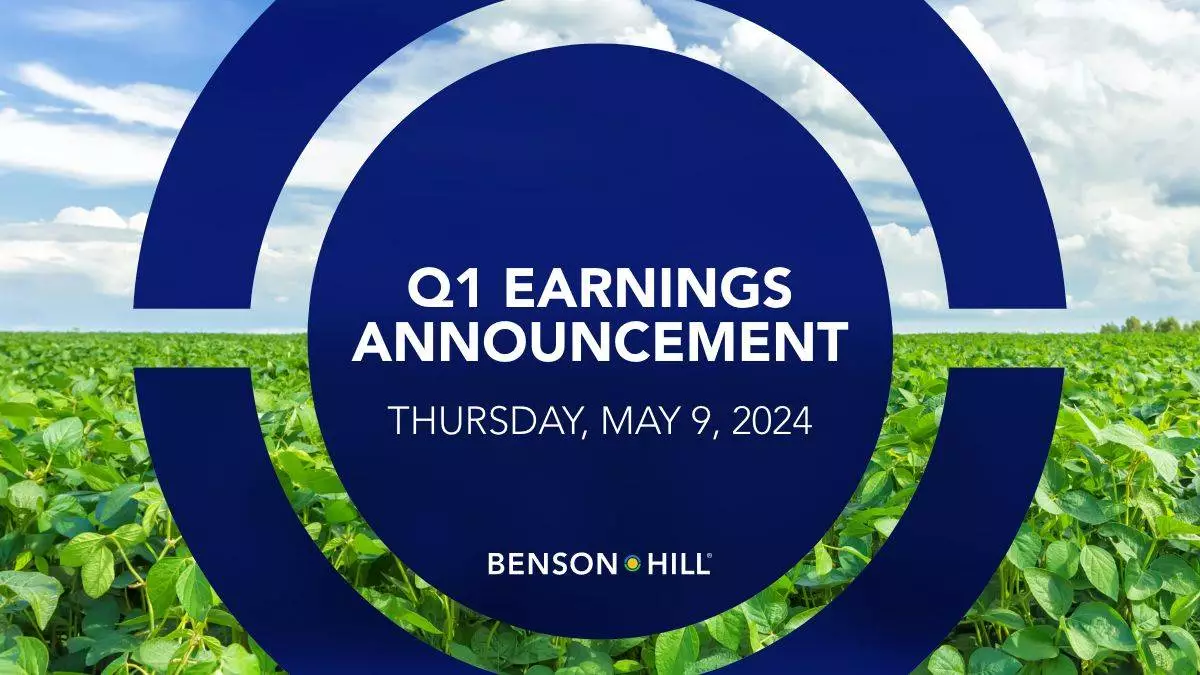

Additional information about Benson Hill’s results can be found in the Company’s shareholder letter and in the Current Report on Form 8-K filed today with the SEC. Documents are also posted at investors.bensonhill.com. (Photo: Business Wire

Benson Hill (BHIL) Transitions to Licensing Model, Improves Financial Profile in First Quarter. Benson Hill today announced operating and financial results for the quarter ended March 31, 2024. (Photo: Business Wire)


